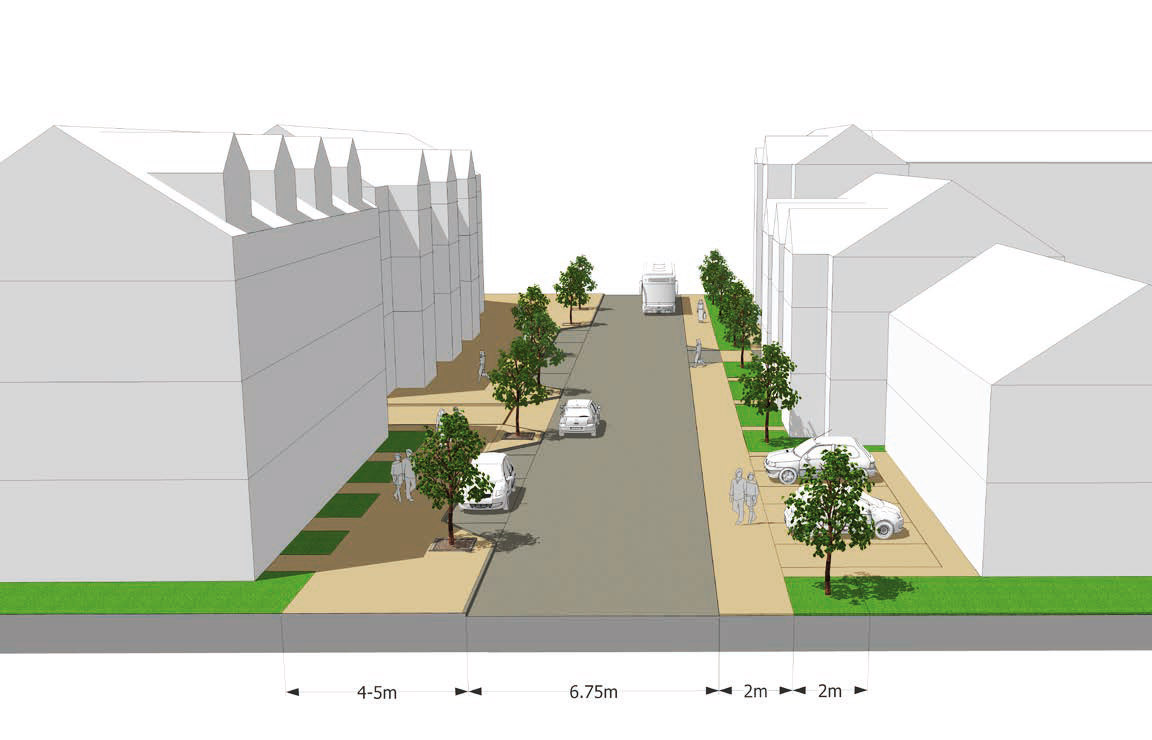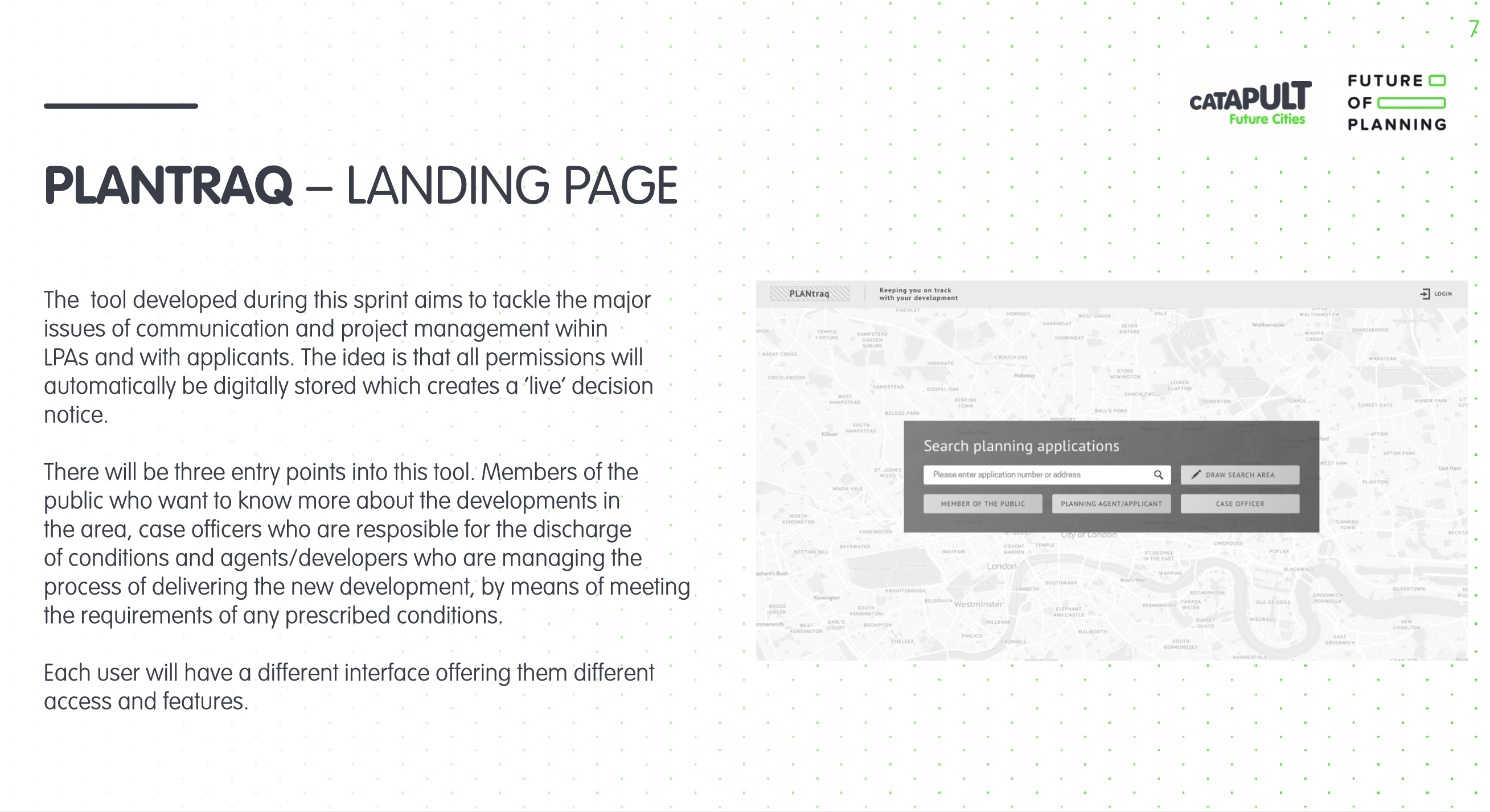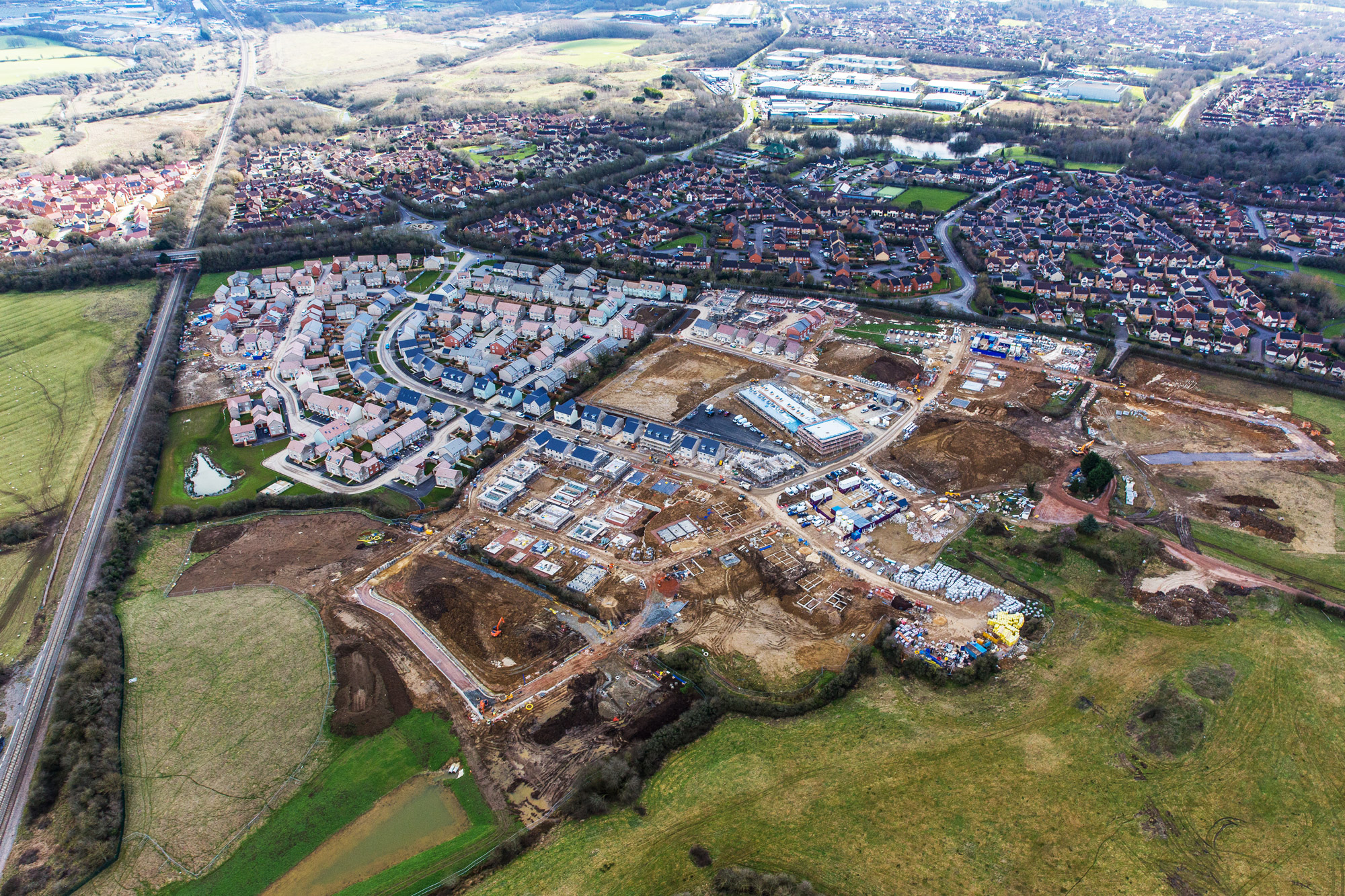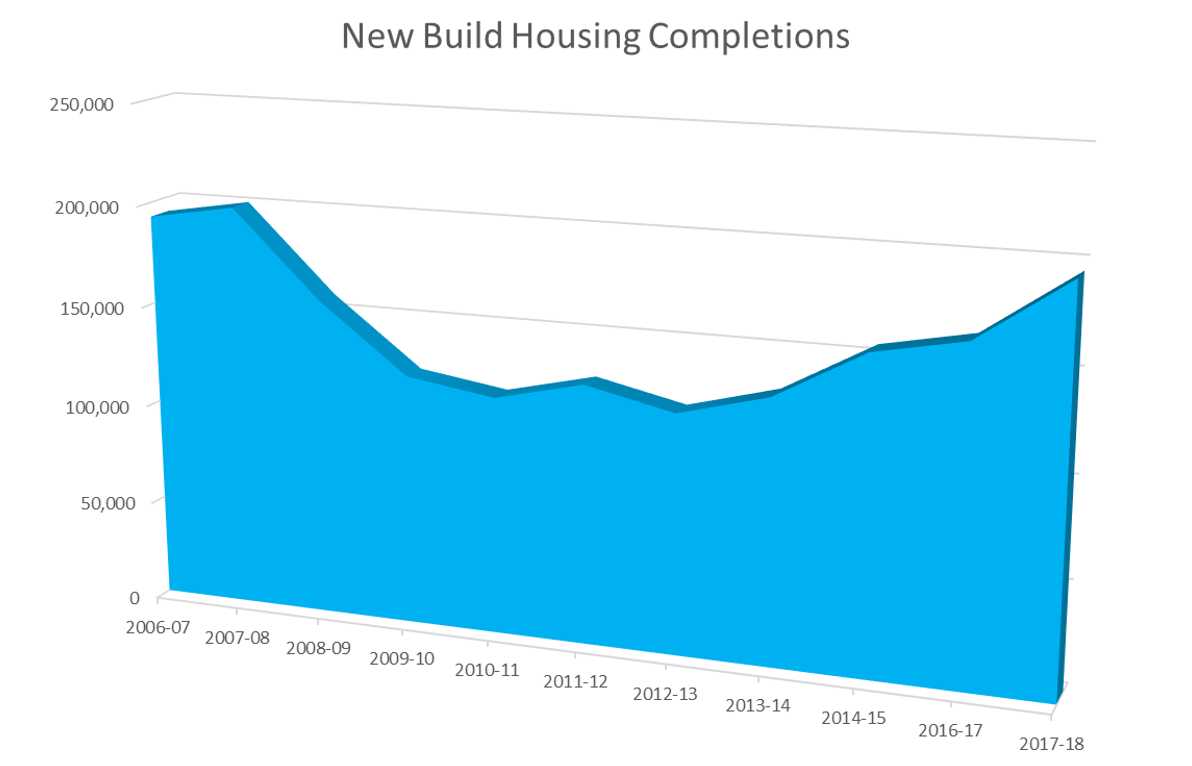The Future of House Building
12/04/2019
With the housing numbers within the UK not being met is there a new quicker method of building housing. The UK could be entering a new era of prefab or ‘modular construction’ house building.
Modular construction has some controversy surrounding it though with one side arguing that it produces a lower quality product whilst the other promises higher standards than traditional methods claiming they will be more energy efficient. One thing is for certain with a modular home building factory announced last month in Cheshire aiming to produce 2,000 homes a year we will see modular homes across the UK.
Modern construction methods shouldn’t be discounted from the house building process but they should be incorporated with proven traditional methods to ensure the UK’s home maintain the high standards we have become accustomed to. The industry should strive to continually innovate from the design stage right through to construction and ultimately completion.










